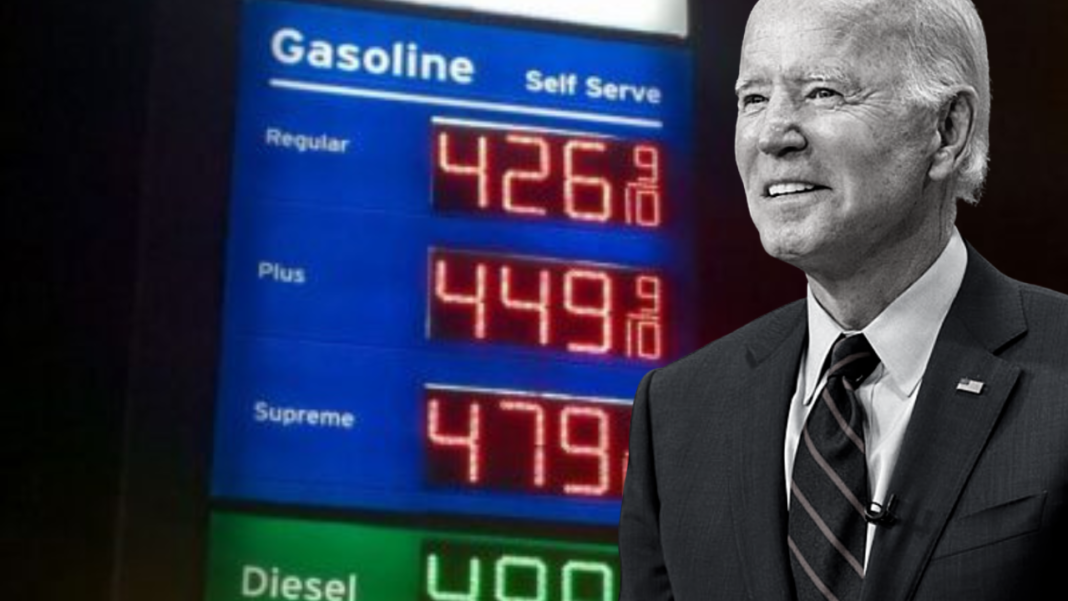
Overview
March’s U.S. inflation rates surpassed expectations for the fourth month in a row, presenting a significant challenge for the Federal Reserve in its efforts to stabilize the economy. With both core and overall inflation indices climbing, the path to achieving a targeted 2% inflation rate appears increasingly complex, reflecting ongoing pressures in the energy, shelter, and service sectors.
Why It Matters
This persistent inflation is a testament to the complexities facing our economic stability and the Federal Reserve’s ability to manage these challenges effectively, crucial for maintaining the United States’ financial health and safeguarding citizens’ purchasing power.
Who It Impacts
The ongoing inflationary trend impacts American households, investors, and policymakers, highlighting the need for strategic economic planning and interventions to ensure long-term stability and growth.
Unexpectedly high inflation rates have been reported in the U.S. for March, continuing a trend that complicates the Federal Reserve’s inflation control efforts. According to the Bureau of Labor Statistics, the Consumer Price Index (CPI) rose to 3.5% last month from 3.2% in February, exceeding the anticipated 3.4%. This persistent uptick signals a challenging journey ahead in achieving the desired inflation target.
The core CPI, excluding the volatile categories of food and energy, remained at 3.8%, slightly above the forecasted 3.7%. Notably, gasoline and shelter costs contributed significantly to the inflationary pressures, with energy and shelter prices recording notable increases. These developments underscore the broader economic impacts of geopolitical tensions and supply constraints in the energy sector, alongside a relentless rise in shelter costs despite earlier predictions of stabilization.
Food inflation showed minimal change, but the cumulative effect of price increases over time has made a significant impact across various sectors, from staple groceries to services. The labor market’s strength further complicates the scenario, suggesting that inflationary pressures are not easing as hoped. This situation has prompted revisions in interest rate expectations, with financial markets reacting negatively to the prospect of sustained high rates.
Experts, including those from Bankrate and GenTrust, indicate that the Federal Reserve may have to delay any planned rate cuts, possibly extending into 2024. This adjustment in monetary policy expectations reflects a growing consensus that inflation may remain above target for longer than initially anticipated, challenging the Fed’s strategy to foster economic stability while preventing inflation from undermining household purchasing power and economic growth.
Consumer skepticism about the Fed’s ability to achieve its 2% inflation target has been notable, with surveys and market analyses suggesting a broader apprehension about the central bank’s current policy trajectory. Despite the ongoing adjustments in the Federal Open Market Committee’s rate expectations, the latest inflation data point towards a persistent and complex challenge. This situation not only affects investors and policymakers but also resonates deeply with American households, highlighting the importance of adaptive and forward-looking economic policies to navigate the uncertainties ahead.
This continuous struggle against inflation, despite rigorous efforts from the Federal Reserve, illustrates the intricate balance required in monetary policy to ensure economic stability. It reveals the ongoing challenges in addressing price pressures across various sectors, underscoring the need for strategic economic management to safeguard the purchasing power of U.S. citizens and foster a conducive environment for sustainable growth.




